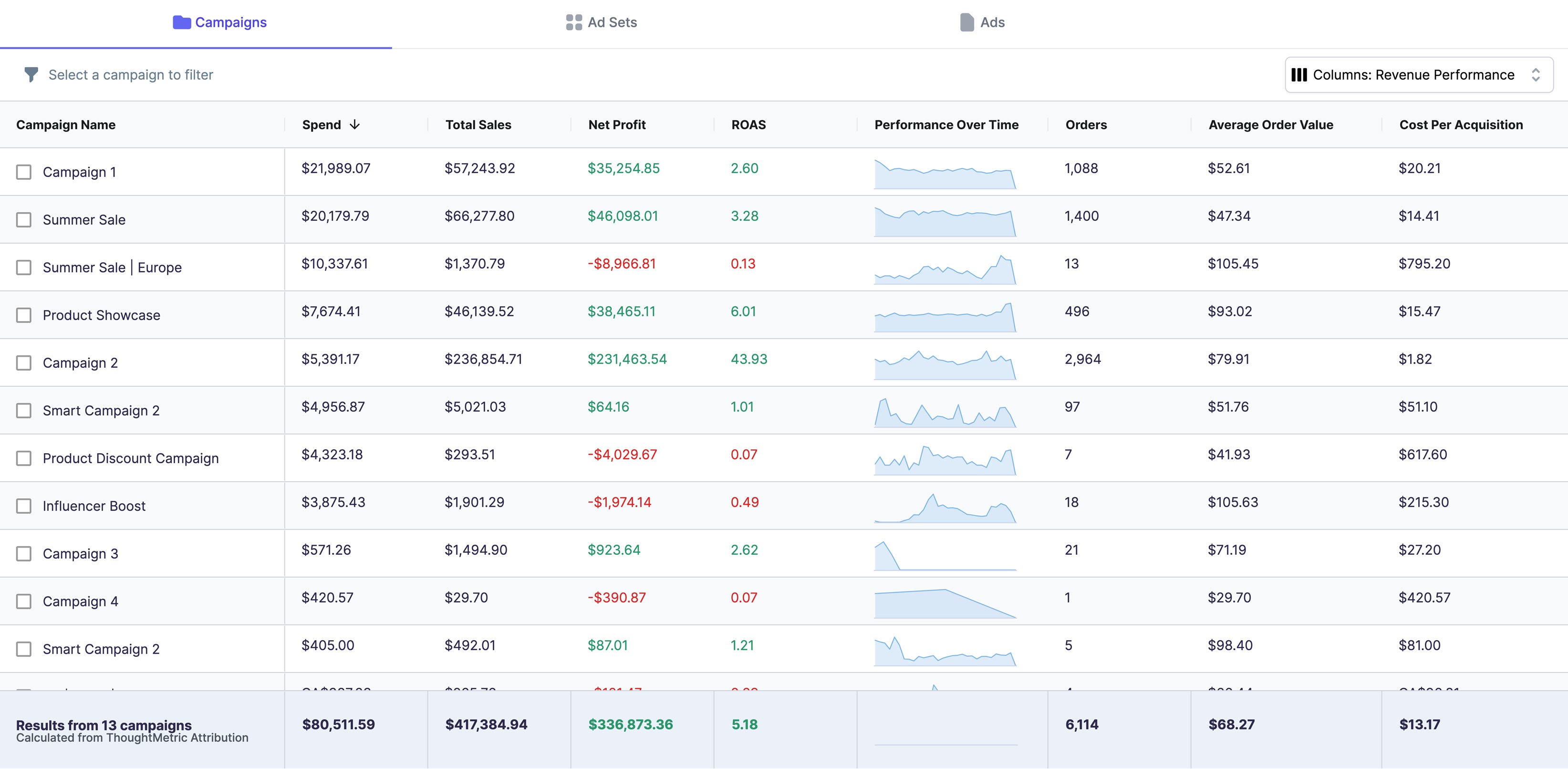How to add Facebook Pixel to Shopify
What is the Facebook Pixel
The Facebook Pixel improves the conversion rate of your Facebook ads by telling Facebook which types of users are making purchases, and which ones are not, so that it can tweak the target audience of your ads for you.
You can use the data that Facebook Pixel collects from the users of your website to create custom lookalike audiences to help you create advertisements for the perfect audience for your store.
Facebook Pixel is also used to create retargeting ads to show ads to people who visited your site but may not have made a purchase.
Step 1: Create Facebook Ads Account
Step 2: Create Facebook Pixel
- Go to the Facebook Ads Manager website.
- Navigate to the Pixels section of the website by opening up the menu and clicking on Events Manager > Pixels

- Click on Create Pixel

- Give your pixel a name and click Continue

- When prompted with the Install Instructions window go ahead and close that window.

Now our Facebook Pixel has been created, and the next step is to connect it to Shopify.
Step 3: Connect Facebook Pixel to Shopify
- The first thing you need is to get your Pixel ID.
- Go to the Facebook Ads Manager website.
- Navigate to the Pixels section of the website by opening up the menu and clicking on Events Manager > Pixels
- Your Pixel ID is the long string of digits under the name of your pixel. Take note of this number.

- Next you need to enter the Pixel ID into the admin section of your Shopify store. Go to the Shopify Admin website. Then navigate to Online Store > Preferences
- In the Facebook Pixel section, paste in your Pixel ID and click save.

Step 4: Test that its working
- Go to the Chrome web store
- Search for the Facebook Pixel Helper plugin
- Click Add to Chrome
- Click Add extension in the pop-up
- After the plugin is installed, navigate to the homepage of your Shopify store. If your Facebook Pixel is successfully installed, the Facebook Helper plugin should pop up a notification indicating as such

Advanced Facebook Pixel Usage
Creating Custom Conversions
Below are the nine standard events that are automatically tracked:
Search | When a visitor makes a search
AddToCart | When a visitor adds a product to the shopping cart
AddToWishlist | When a visitor adds a product to a wishlist
InitiateCheckout | When a visitor clicks on the checkout button
AddPaymentInfo | When a visitor enters payment information in the checkout
Purchase | When a customer completes a purchase and views the thank you page in the checkout
Lead | When a visitor clicks a sign up, for example a click to signup for a trial
CompleteRegistration | When a visitor completes a registration form, for example a signup for a service
To go beyond this basic set of events you can create your own custom conversion event that falls outside of the scope of one of these standard events. A custom conversion is created by selecting a completion page. The completion page is typically some kind of thank-you page that your customer lands on after completing a given action. For example, if you want to create a custom conversion for tracking sign ups to your mailing list, the completion page would be the "thank you for signing up to our mailing list" page.
To create your own custom conversion:
- Go to your pixel management page on Facebook Ads manager and click on the Create Custom Conversion button

- In the creation dialogue that comes up, set the URL rule to the webpage that should trigger your custom event. For example if you want the custom event to trigger on the webpage http://my-store.com/thank-you, set the URL rule to equals http://my-store.com/thank-you
- Pick a name and category for your event and click create

Custom Audiences
A few examples of a good custom audience to retarget are:
- People who added an item to the cart but never completed the checkout process
- People who visited your site in the last 30 days
- People who have viewed a specific product on your website
To create your own custom audience:
- Go to your pixel management page on Facebook Ads manager and click on the Create Audience button and select Custom Audience

- The options dialogue that pops up is where you can define your custom audience. You can define your custom audience from your website based on which pages they did or did not visit, and by the timeframe which they visited your website.

- Once you are done just click Create Audience




